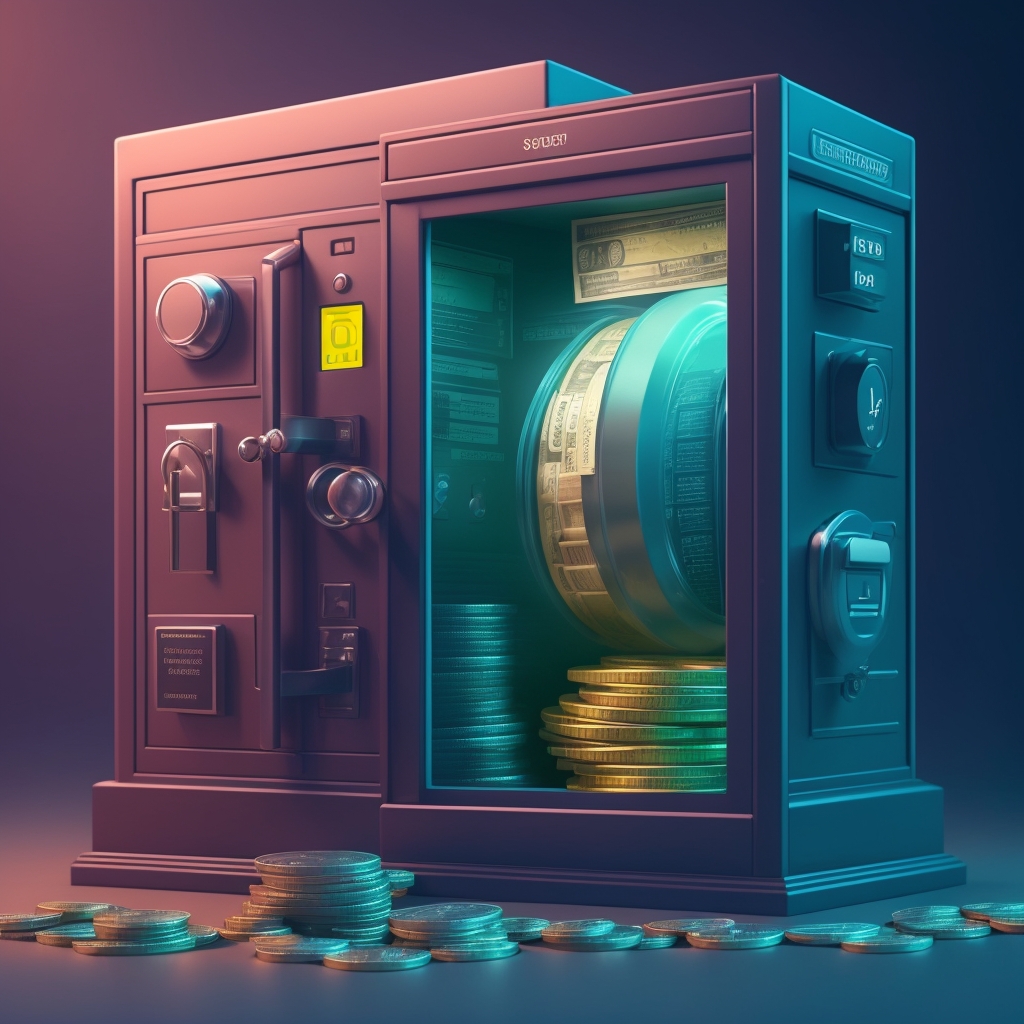Beyond Just Saving: Ensuring Your Emergency Fund Is Accessible When Crisis Hits
Last month, I witnessed firsthand another Account Management team making the same critical mistake I made five years ago: failing to ensure the true accessibility of their emergency fund during a crisis. It’s incredibly frustrating because it’s so utterly avoidable—if you just know what to look for. Seriously, who ever anticipates that something as seemingly straightforward as getting your hands on your own hard-earned cash could morph into a Herculean effort precisely when you’re most vulnerable? This isn’t just a theoretical problem; it’s a common pitfall I’ve observed countless times in my years advising on financial readiness.
The Unseen Hurdle: Why ‘Having’ Money Isn’t Enough
Most people think they’re prepared for financial emergencies just because they’ve diligently set aside some cash. But here’s the thing though: in reality, it’s not just about having an emergency fund; it’s about being able to access it quickly and without hassles. What if your money’s frustratingly tied up in an account that takes days to access, or worse, penalizes you for withdrawing? Imagine a sudden job loss or a medical emergency – you need funds now, not in three to five business days. In a crisis, time truly is of the essence. So, the critical question becomes: how do you ensure your emergency fund is truly accessible, not just theoretically present?
Practical Solutions: Where to Stash Your Cash for Quick Access
First, let’s talk about where you’re keeping this crucial fund. Is it in a high-yield savings account that offers online access? That’s great for the interest rates, which can be quite appealing, with some top accounts offering over 4% APY in 2024-2025. But you absolutely need to check the fine print. How quickly can you transfer money to your checking account? For instance, while some inter-bank transfers can take 1-2 business days, others might involve holds of up to five business days depending on how the transfer is initiated. In my experience, and frankly, what I advise clients, is that liquidity trumps a fractional percentage point on interest every single time when it comes to emergency funds.
What’s interesting is that diversification isn’t just for investments; it can be incredibly useful for emergency funds too. By spreading your funds across different types of accounts—say, a high-yield savings account and a money market account, or even a basic checking account—you significantly increase the likelihood of accessing at least a portion of your funds quickly. You really never know when one system might be down, or a particular bank might be experiencing an unexpected issue, right? I’ve seen situations where a single bank’s online system crashed during a major weather event, leaving customers temporarily stranded. Having funds spread out mitigates that risk.
And let’s not forget the power of a simple—and I mean simple—checking account. It might not earn you a dime in interest, but the ease of access is unparalleled. Imagine needing to pay for emergency car repairs on a Friday evening, just before a long holiday weekend. If your funds are only in an online savings account with delayed transfers, you’re stuck. A checking account, however, offers instant debit card access or ATM withdrawals. Seriously, have you ever tried to access funds during a bank holiday or a weekend when transfers are delayed? It’s a nightmare scenario you absolutely want to preempt.
My Expert Take: The Hybrid Strategy for Bulletproof Accessibility
From years of observing financial readiness, I’m convinced the optimal approach is a hybrid one. Keep a substantial portion of your emergency fund in a high-yield account for long-term emergencies or larger, less immediate needs. This allows your money to grow, offering a modest buffer against inflation. However, also maintain a readily accessible amount—think one to two months’ worth of essential expenses—in a checking account. Many financial experts, myself included, often recommend this strategy. This way, you’re covered for both immediate needs and more extended financial crises. It’s like having your cake and eating it too, but without the risk of crumbs in your keyboard!
By the way, what’s truly fascinating – and frankly, a bit alarming – is how often people overlook the importance of updating their contact information with their bank. Picture this: you’re trying to log into your online banking after hours because of an urgent expense, but your password isn’t working. You hit ‘reset,’ only to find the verification code is being sent to a phone number you haven’t used in five years. That’s a small detail that can create a monumental roadblock when you least need it. It’s a simple, five-minute task that can save you hours of frantic phone calls to customer service during a crisis.
Tags
- Emergency Fund
- Financial Planning
- Account Accessibility
- Crisis Management
- Personal Finance
In conclusion, ensuring the accessibility of your emergency fund during a crisis involves more than just setting money aside. It requires strategic planning and a bit of foresight. So, I have to ask: what systems do you currently have in place to ensure you can access your funds precisely when you need them most? Don’t just save; strategize. Be proactive, not reactive, and you’ll discover that true financial peace of mind isn’t just about having money, but knowing it’s always within reach.







